
Senegal chapter five
The Saloum delta, Shell Island, and New Year’s Eve in Saly.
I wake up to watch the sun rise from the dock. Nearby, locals exercise on the beach, bathe their horses in the water.
It’s a very peaceful morning, and I’m once again glad we had another night here to sit, relax, read. We breakfast at the hotel and then pack our bags for the trip back north. While we wait for the pirogue I stop. Hammock time.
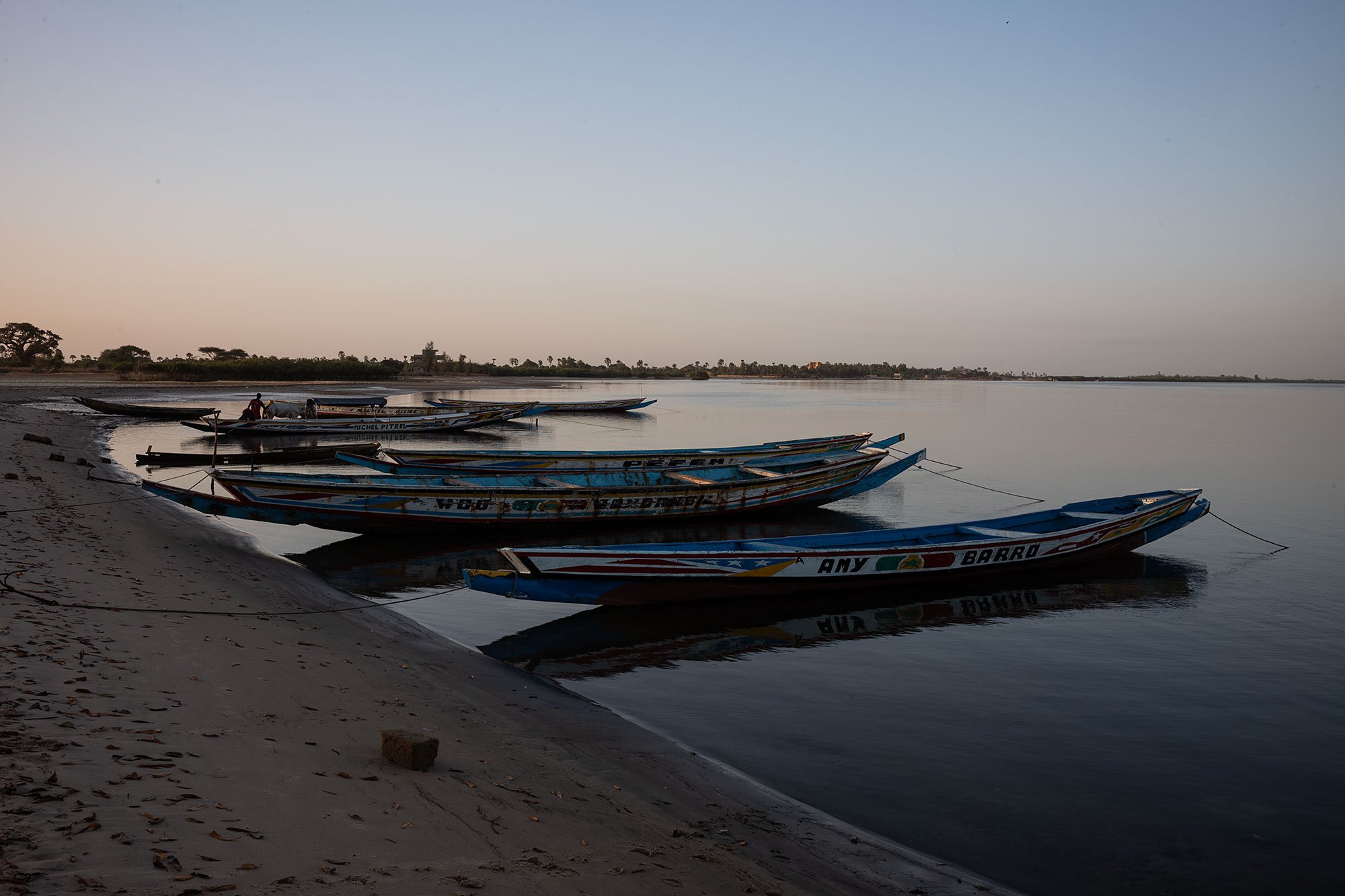
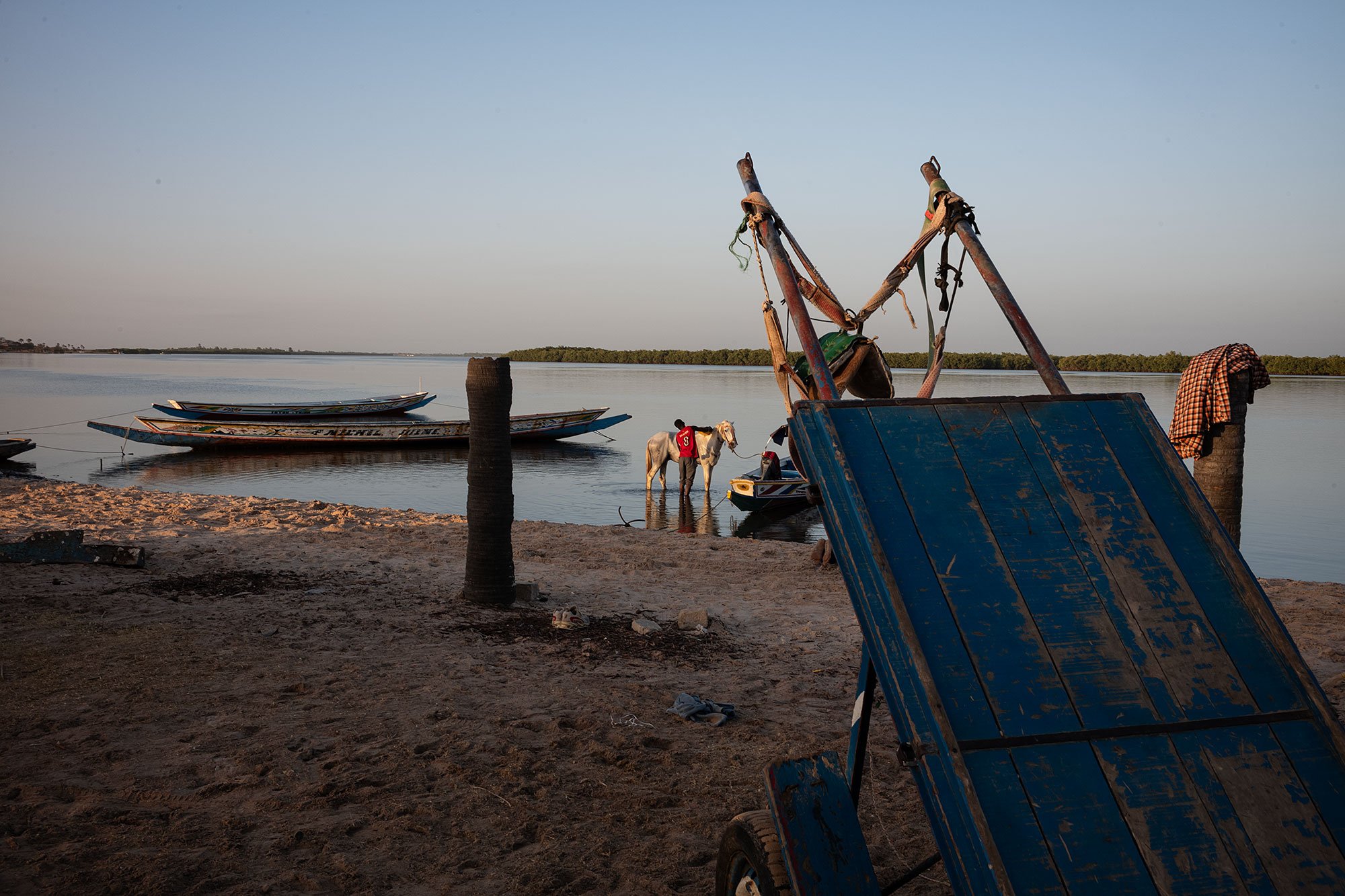

A pirogue arrives and we gather our things for the journey back upriver to where we’ve left the van. As we glide over the still waters a small plane circles around us before flying away. I wonder who it is and about their flight plan. I think of a friend who’s recently become a pilot and how he could be doing the same, watching over the people below.

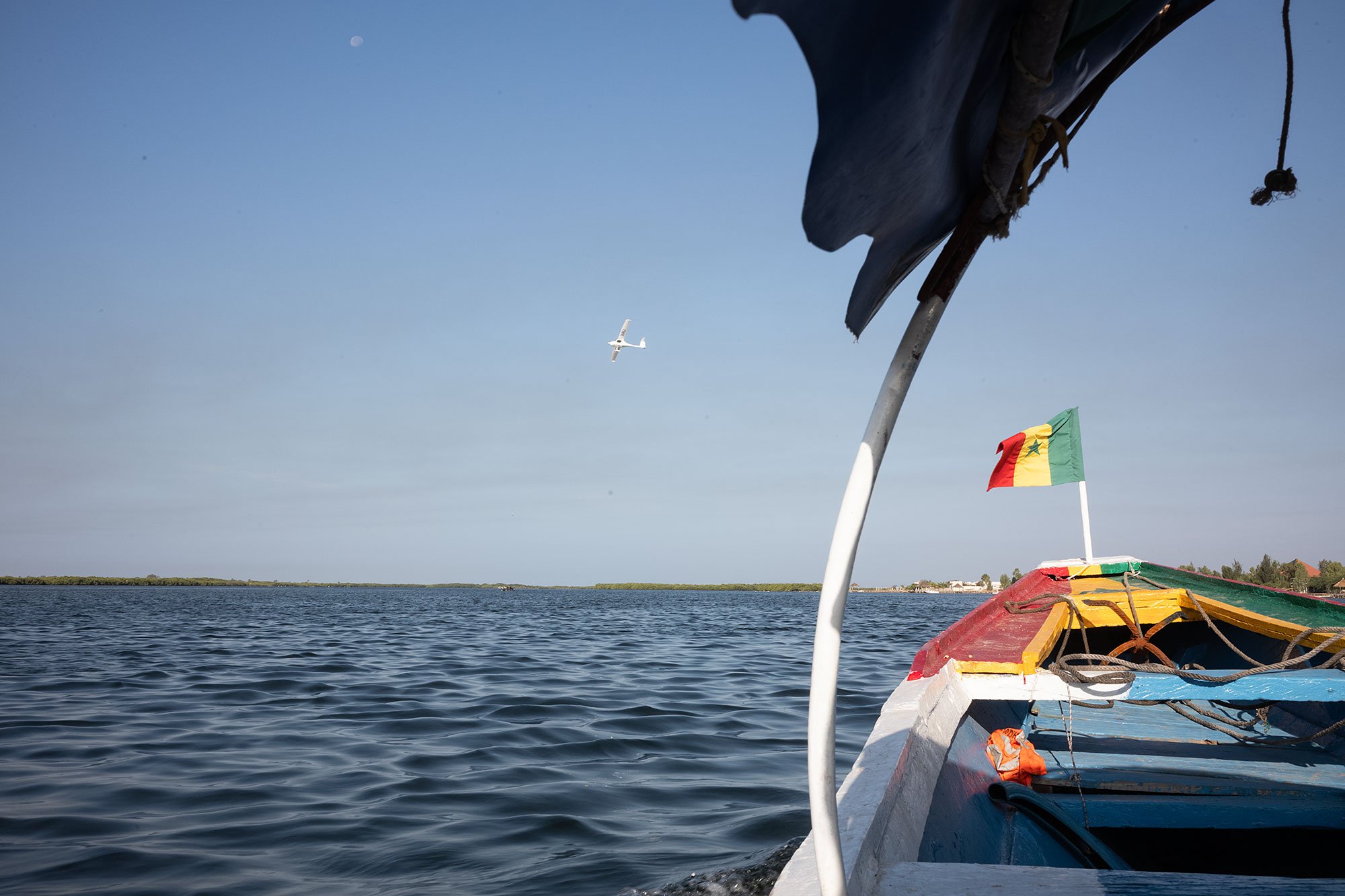

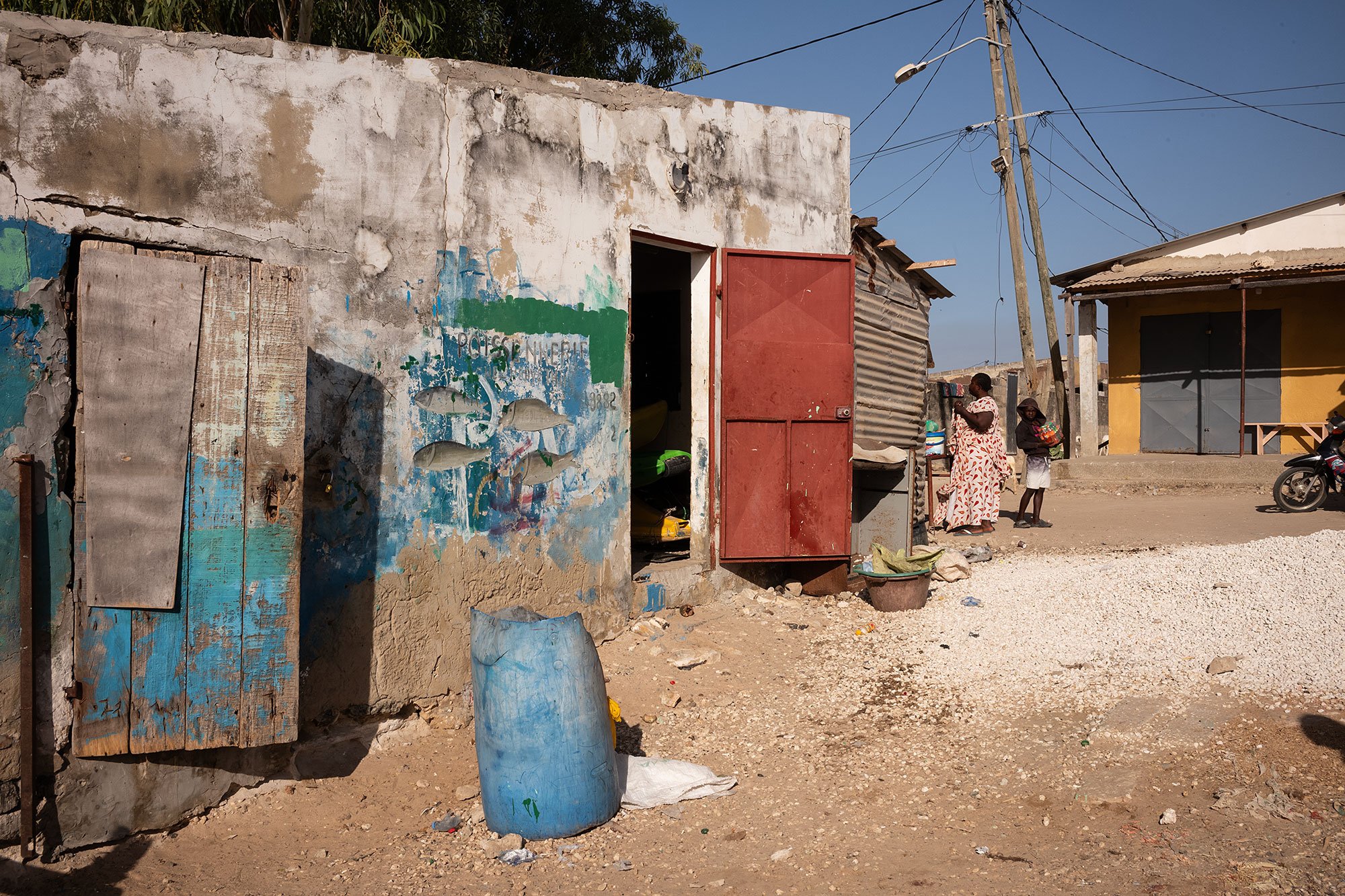
Saliou meets us back at the launch. He spent the night at home in Saly, a few hours away. We’ll be spending the night there, but not before visiting a few more sights in the southern part of the country.
Our first stop is the biggest baobab tree in Senegal. It’s not the oldest, Amadou says. That is in another part of the country.
We alight and a local guide greets us. He tells us about the tree and how there’s a hollow inside where people were once buried. It’s since been emptied out and a small hole grants us access. He helps us through and then points up towards the branches. Inside a colony of bats hangs above us.
It triggers a memory of Vietnam or Laos. It was my first extended backpacking trip and a guide had led us into a cave. He shone his flashlight at the roof above us and the darkness lit up with stars, the light reflected in hundreds of bat’s eyes staring down from above.

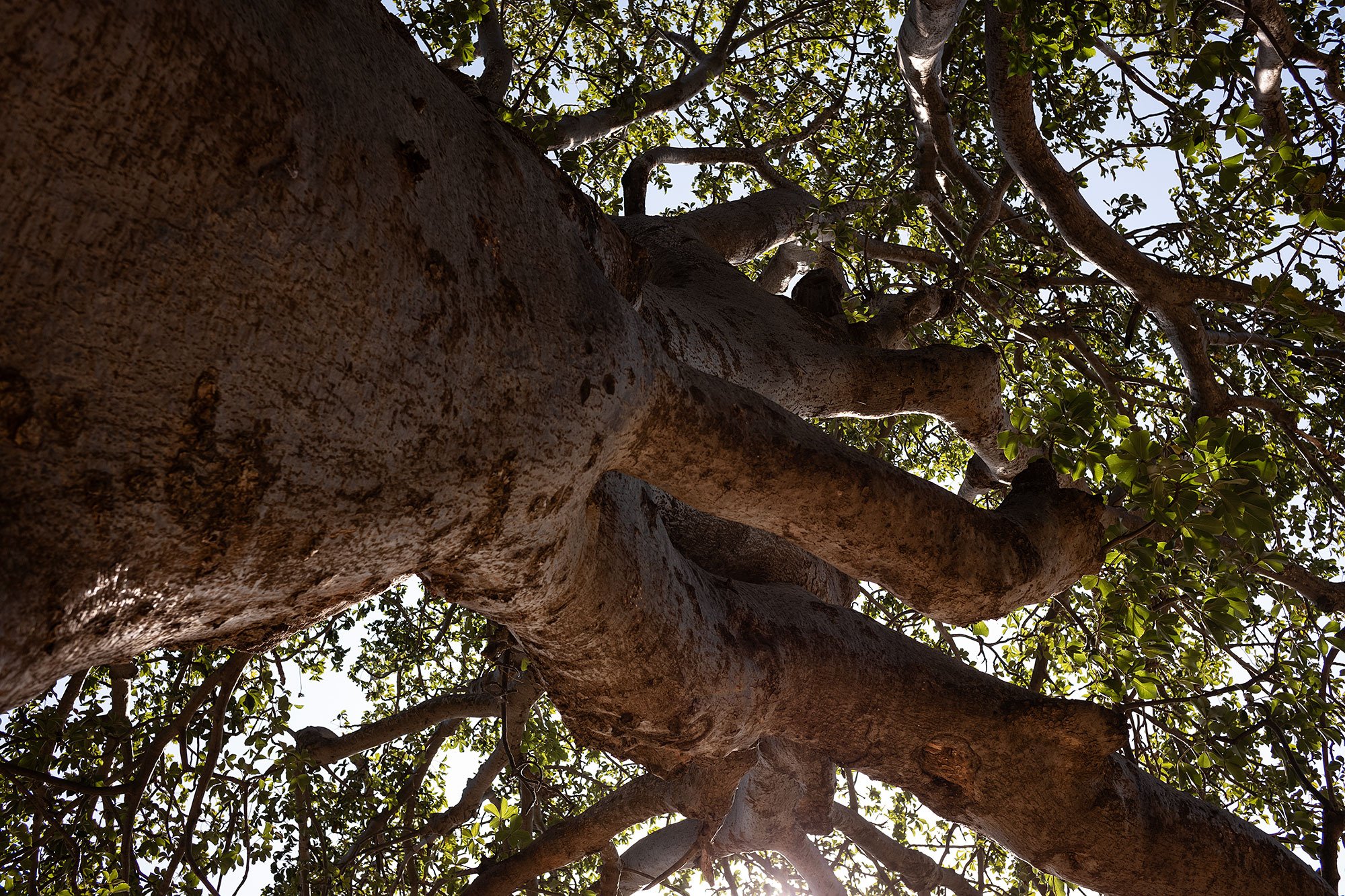


We drive on to Fadiouth, a man-made island built on seashells. We park by the long footbridge that links the mainland to the island. A number of people are spending the night. I watch porters load their luggage onto hand-drawn carts and pull them across. A man sings on the shore a meandering tune he engages enthusiastically.
Our guide Edwin says hello to Amadou and greets us warmly. He’s one of five children, born in Dakar but raised since three by his grandmother on the island. His siblings are in Dakar or studying in France, but he’s a child of the island. He likes the low-key, stress-free existence. He has no desire to return to the city.
He leads us over the bridge and points to the shells that make up the island once we are on the other side. He points out the fact that even the bricks used for building are made with shells.
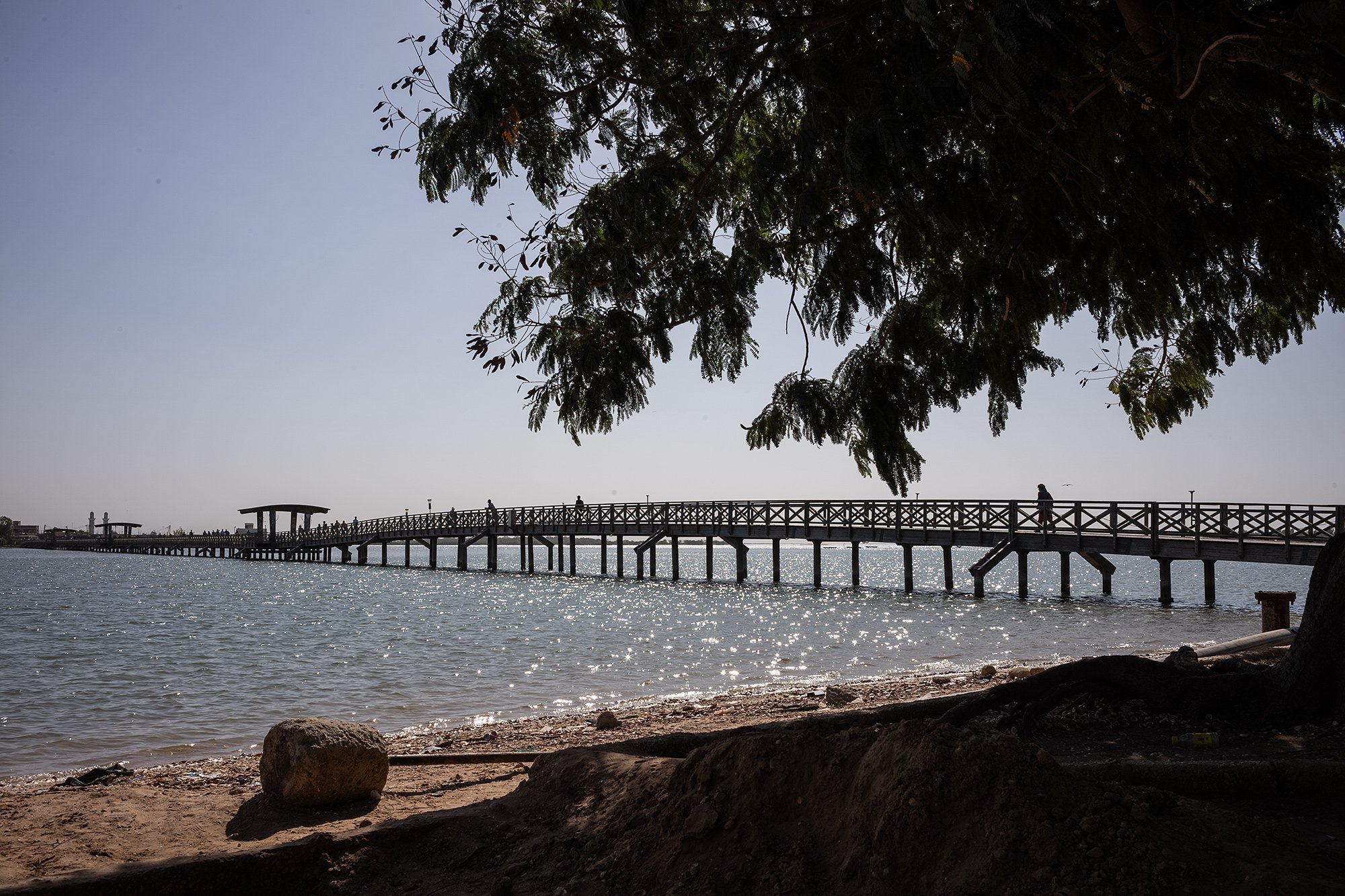
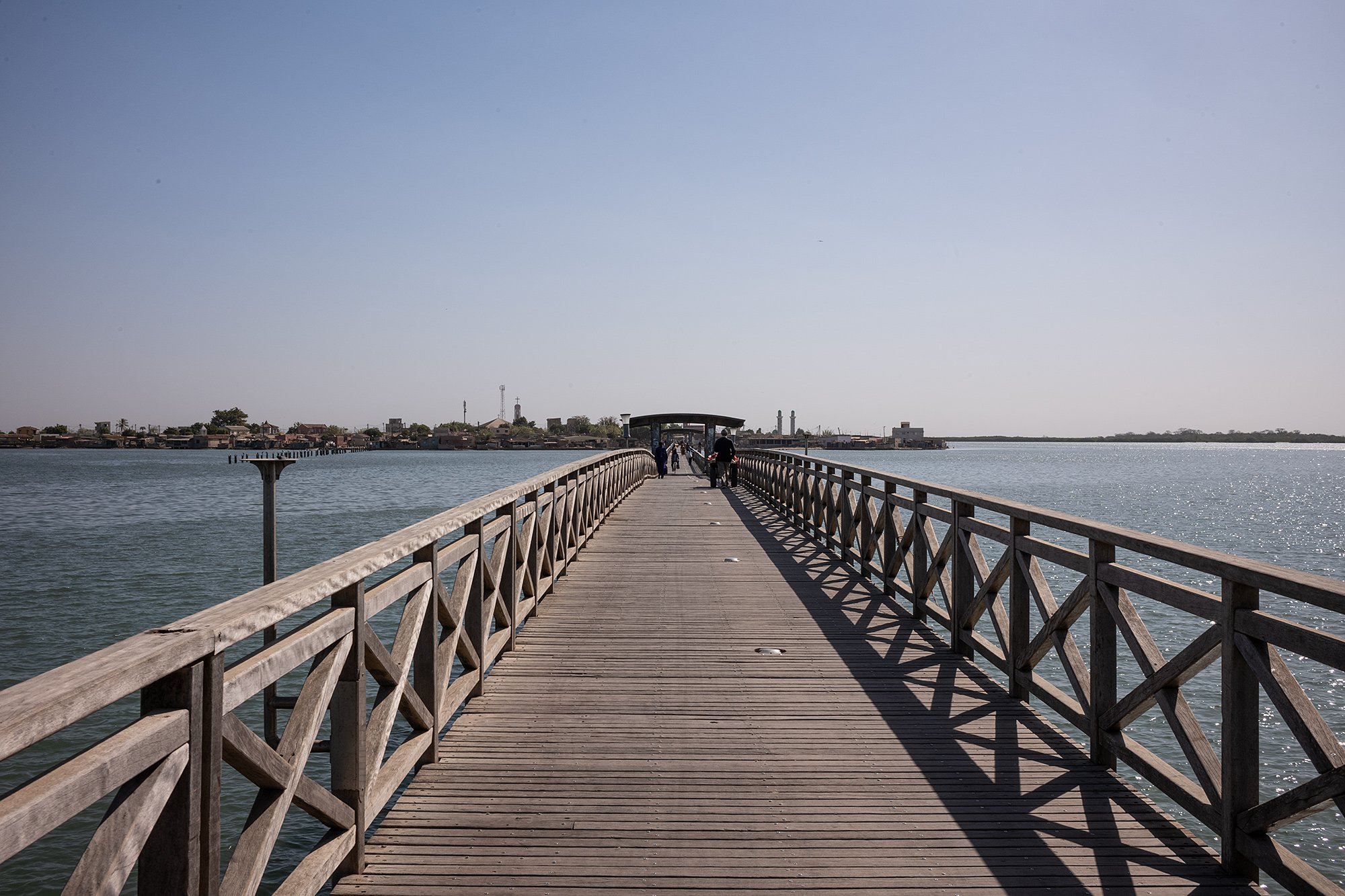

We walk to the Eglise Saint-François-Xavier and hear music from within. Edwin tells us it’s the children’s church service and invites us to take a closer look. We stand by the doors and peer into the nave and listen to the voices raised in song accompanied by drums.


Edwin leads us on through the town. The streets are made of shells. He points out fish drying in the sun, available for sale, as we head towards another one of the main squares.
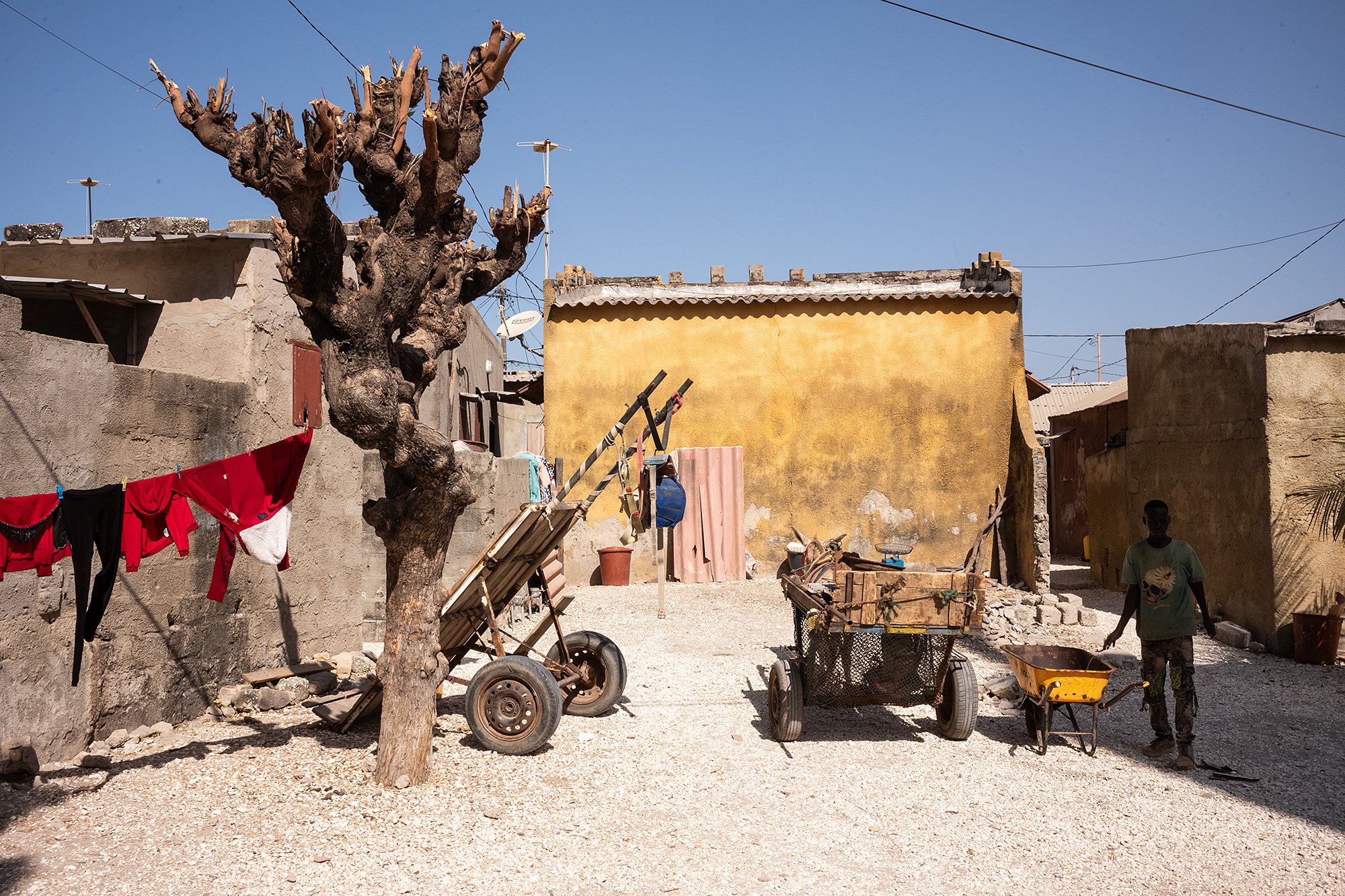
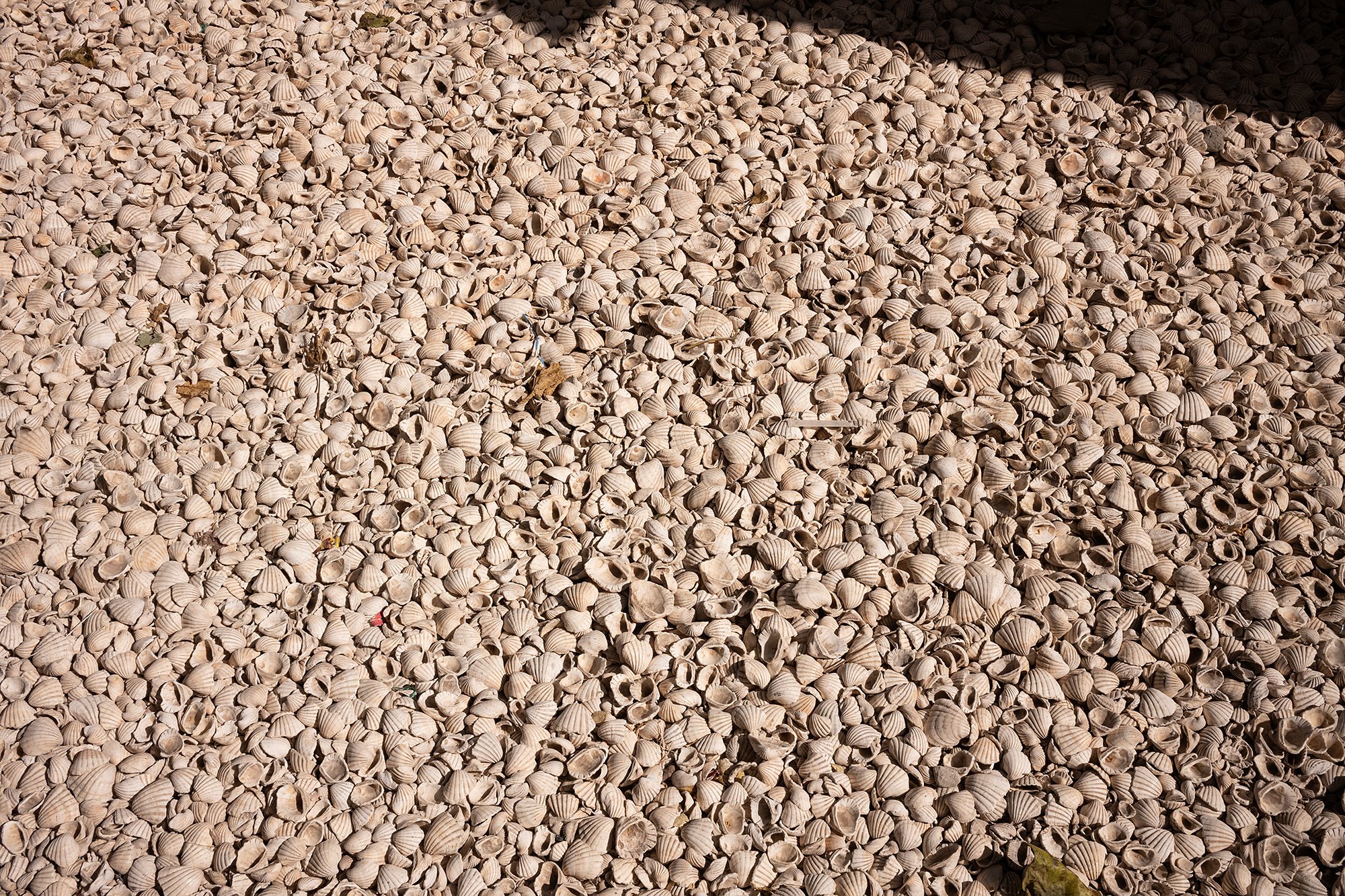



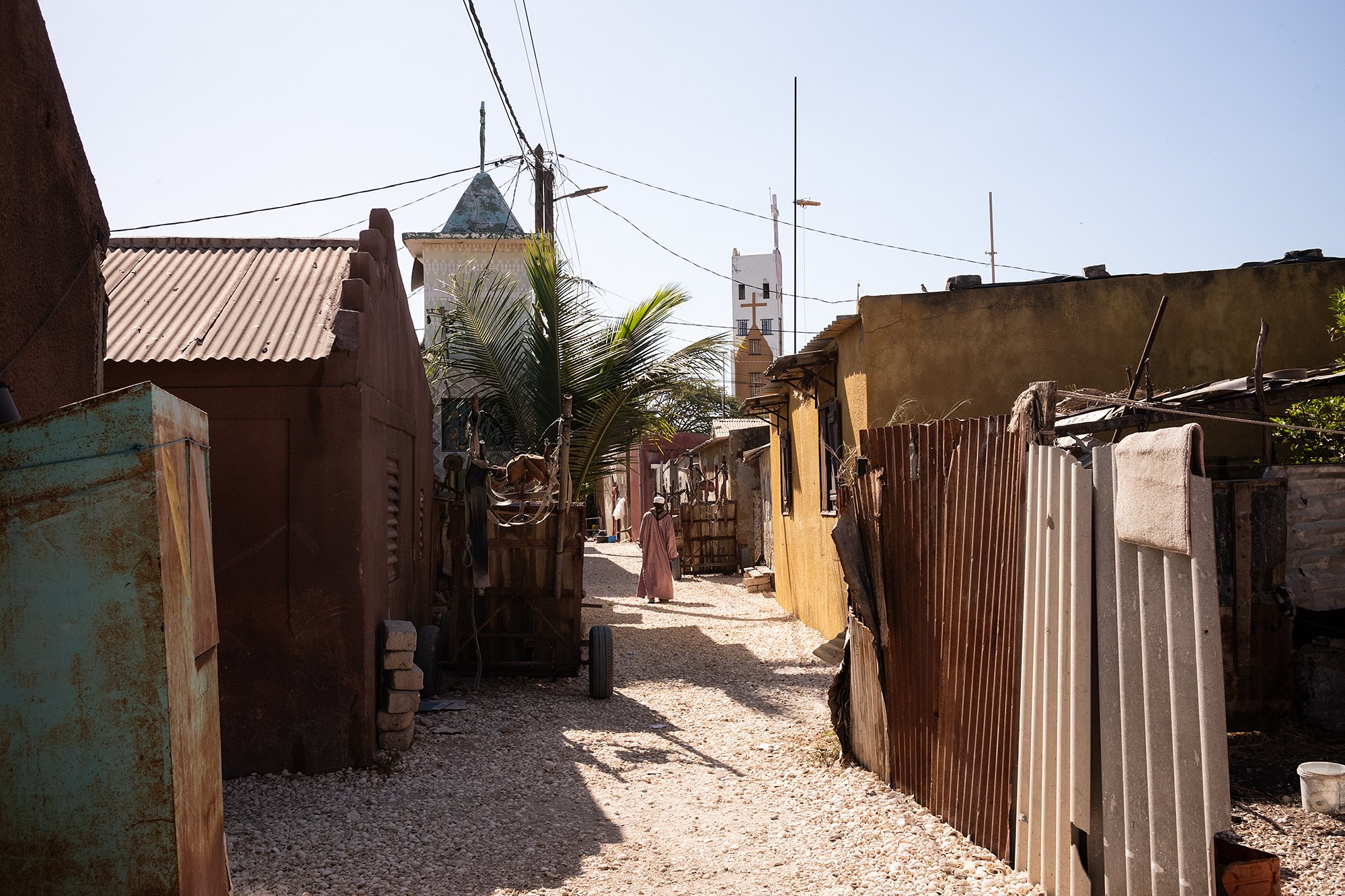
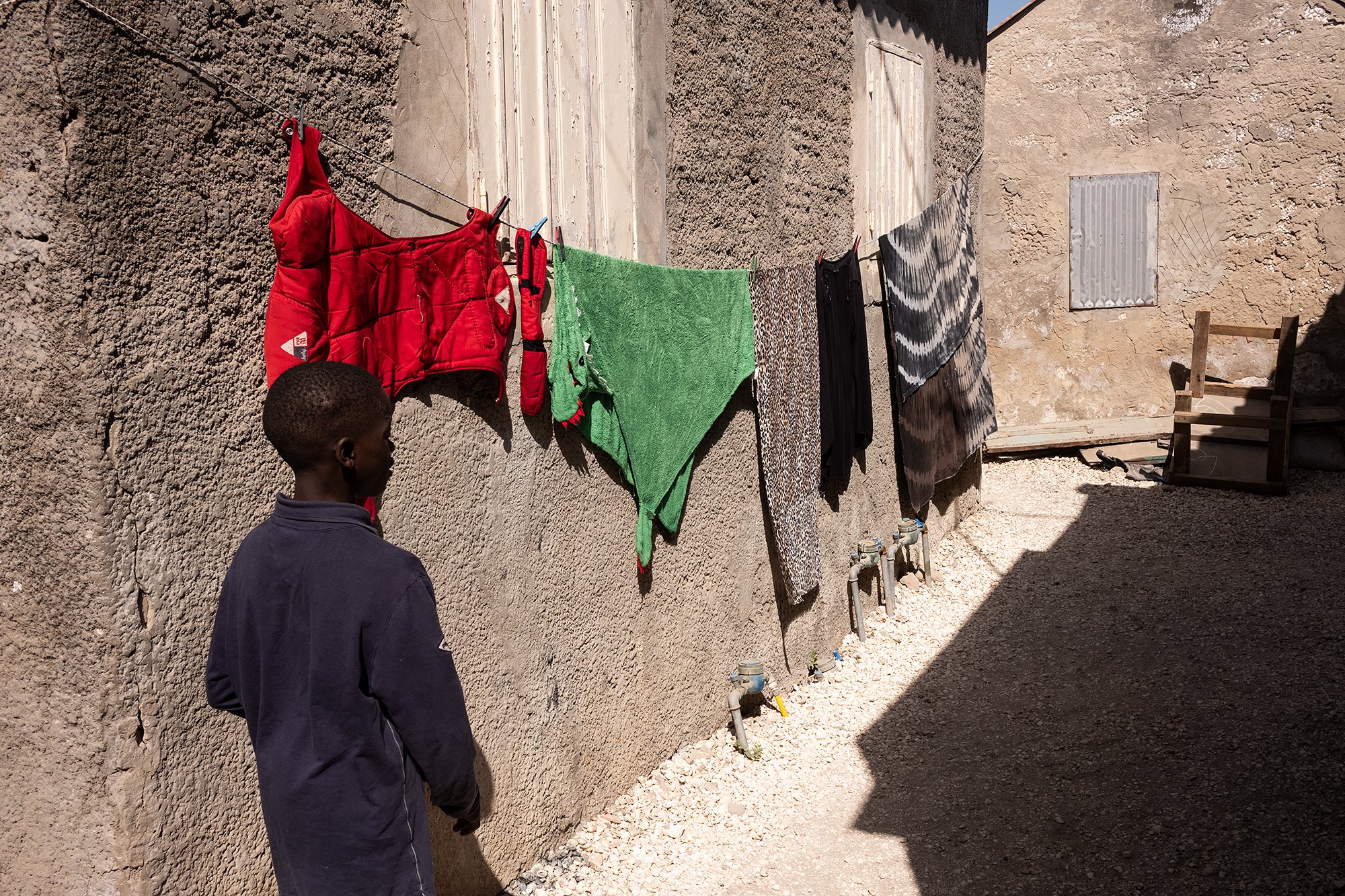
Arriving, Edwin points out another boabab tree that anchors one side of square. A Christian monument fills up another side. In a corner there’s a public water source. Women gather around it with plastic jugs, waiting for their turn at the tap. The water is piped in from the mainland, along with the electricty that powers the island.
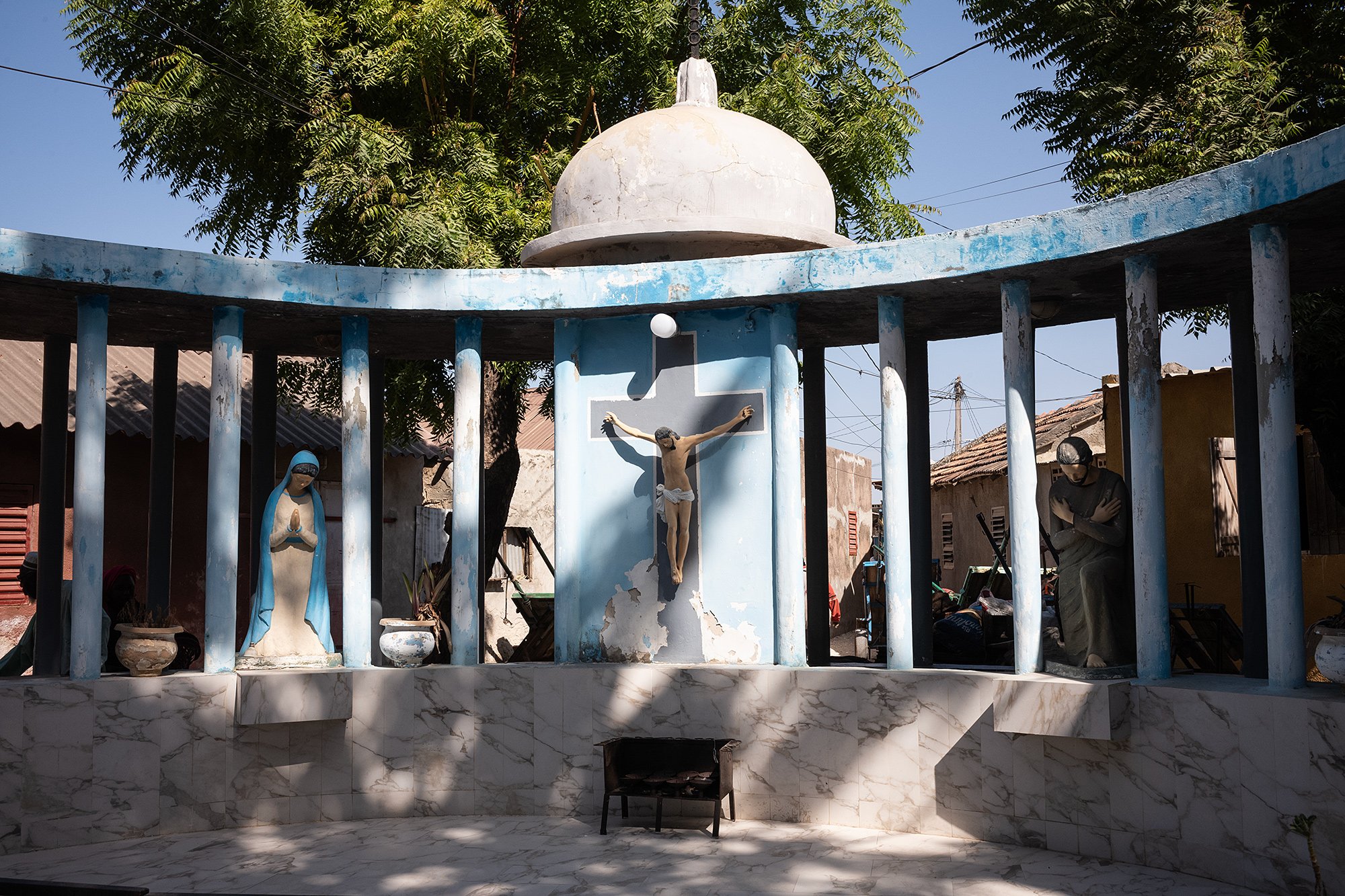
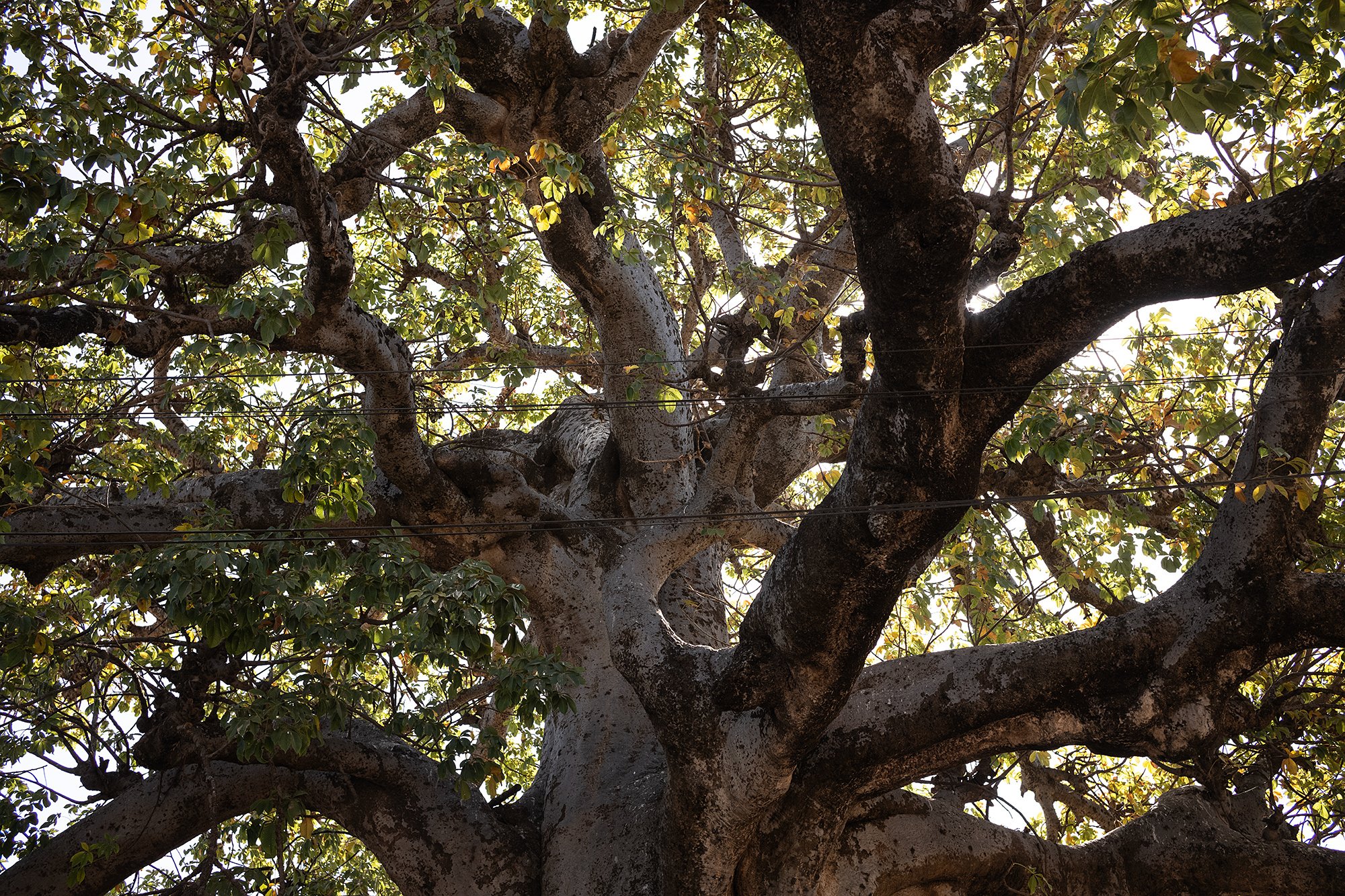

Further on we pass a covered area for gatherings. Raised tiled platforms and benches center and surround the space. Wooden benches augment the seating. We’ve passed a few and Edwin tells us they dot the island. There are areas for men and areas for women. A man sits alone just outside of it lost in his own thoughts.
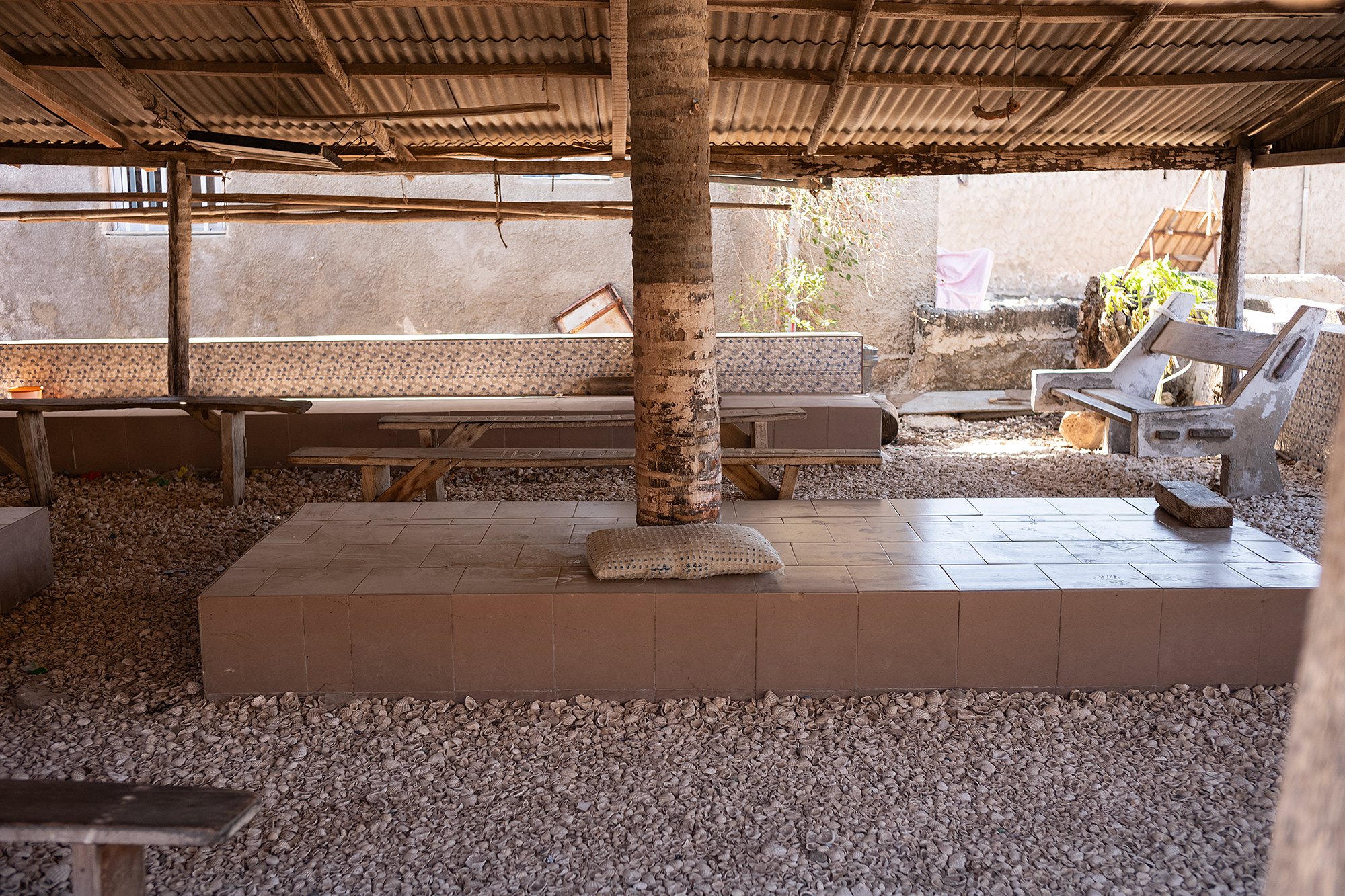
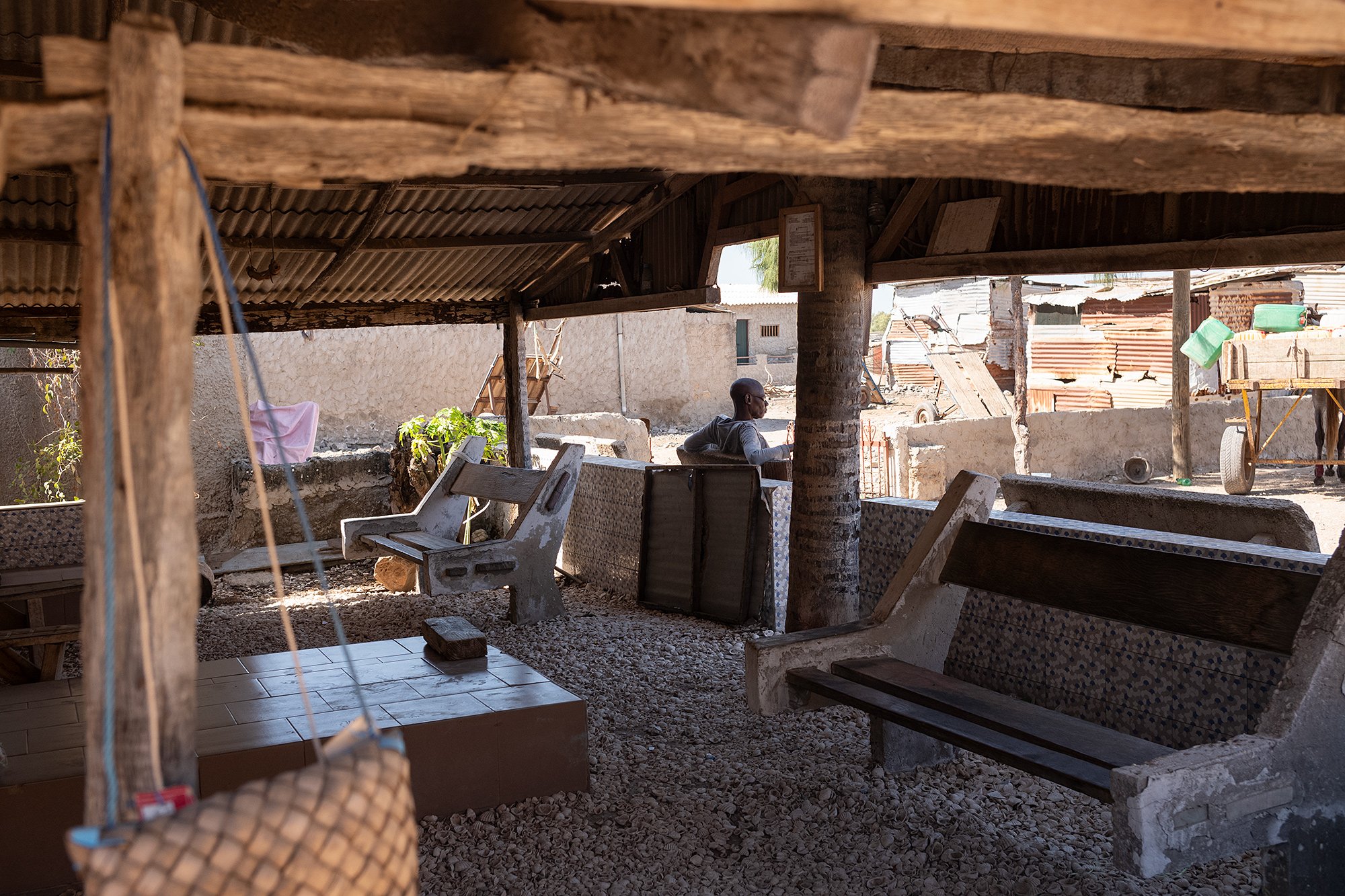
In a northern corner of the island we cross a short bridge to the mainland. Here is where they bury their dead. Edwin points out that the cemetery is populated with both Christian and Muslim headstones and speaks proudly of the religious harmony that the island achieves.





We walk down the hill towards the water. A pirogue is waiting for us to take us across the bay. We’ve seen small huts on the opposite shore and Edwin explains that it’s the remnants of the former grainery. To protect the grains from fire and other pests, the huts were built on the water. Each family owned and filled their own. They’ve since fallen out of use.
We beach the boat and walk among the remaining units. A man scrapes barnacles off the hull of a boat. He leads us into the mangroves to the edge of the forest where we can see new mangrove shoots growing out of the sand and then back. A number of sheds have been set up by enterprising locals selling various African crafts and trinkets.
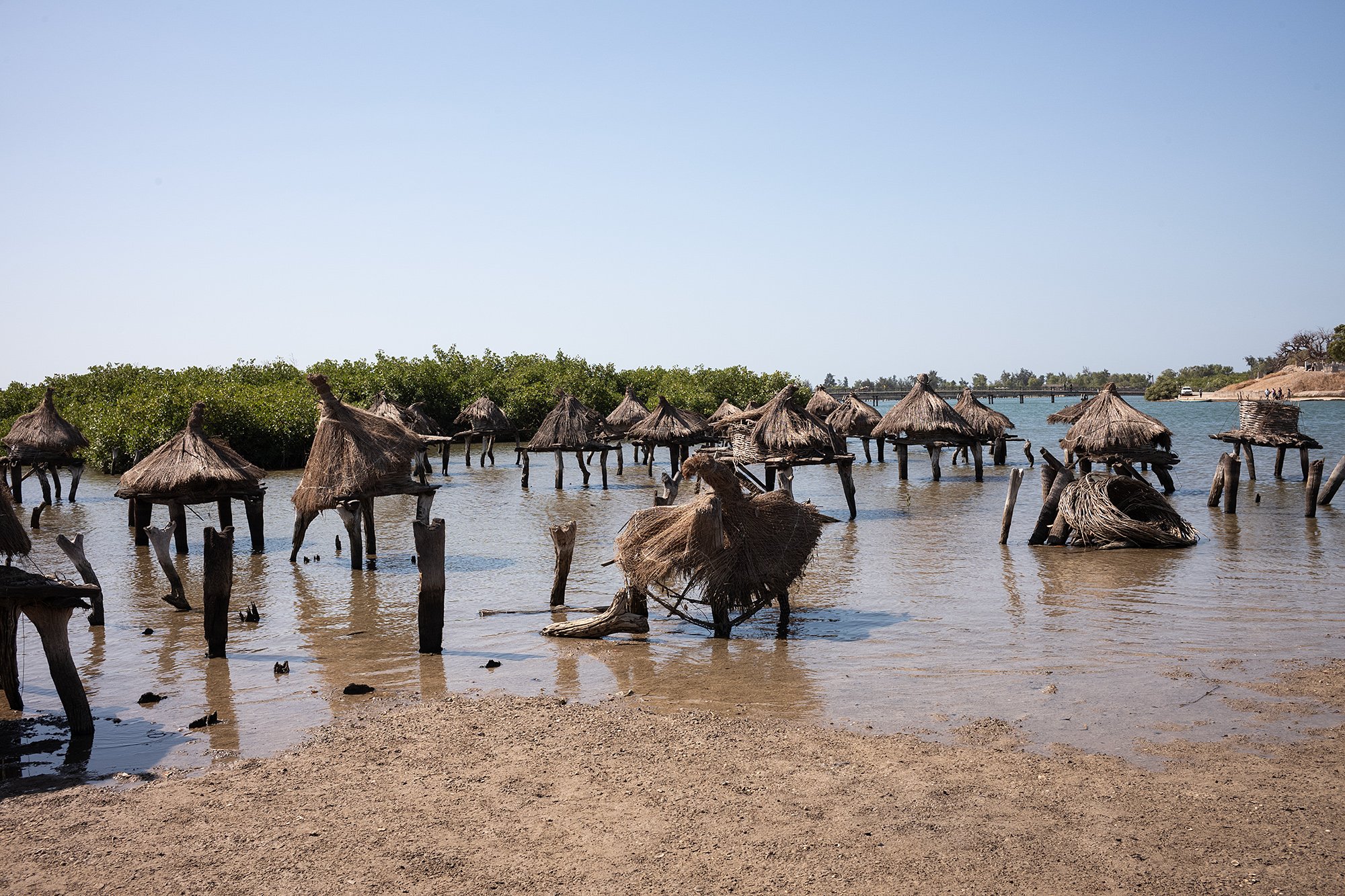


We climb back into the pirogue and the boatsman poles us back to where we have parked the car. Passing the bridge to the cemetery we see a man bathing his horse. I ask Edwin how much a horse costs. He tells me they’re expensive, as much as $1000US. Donkeys are cheaper, 150-200 USD.
It’s a pleasant ride across the expanse of water spanned by the bridge; it was the only way to the island before the bridge was built in the 1960s.

Back on shore we watch a group of fishermen as they draw a net out into the bay and then slowly pull it back ashore. They come up empty. That’s the game, Edwin says. Sometimes you win; sometimes you lose.




We eat lunch by the water. A steady breeze blows over us and we’re happy to be out of the sun. I order grilled fish and eat while we watch a group of girls try to catch fish. Now and again another group of tourists arrives on the shore and I help the boatmen by holding onto their boats as they help tourists ashore.

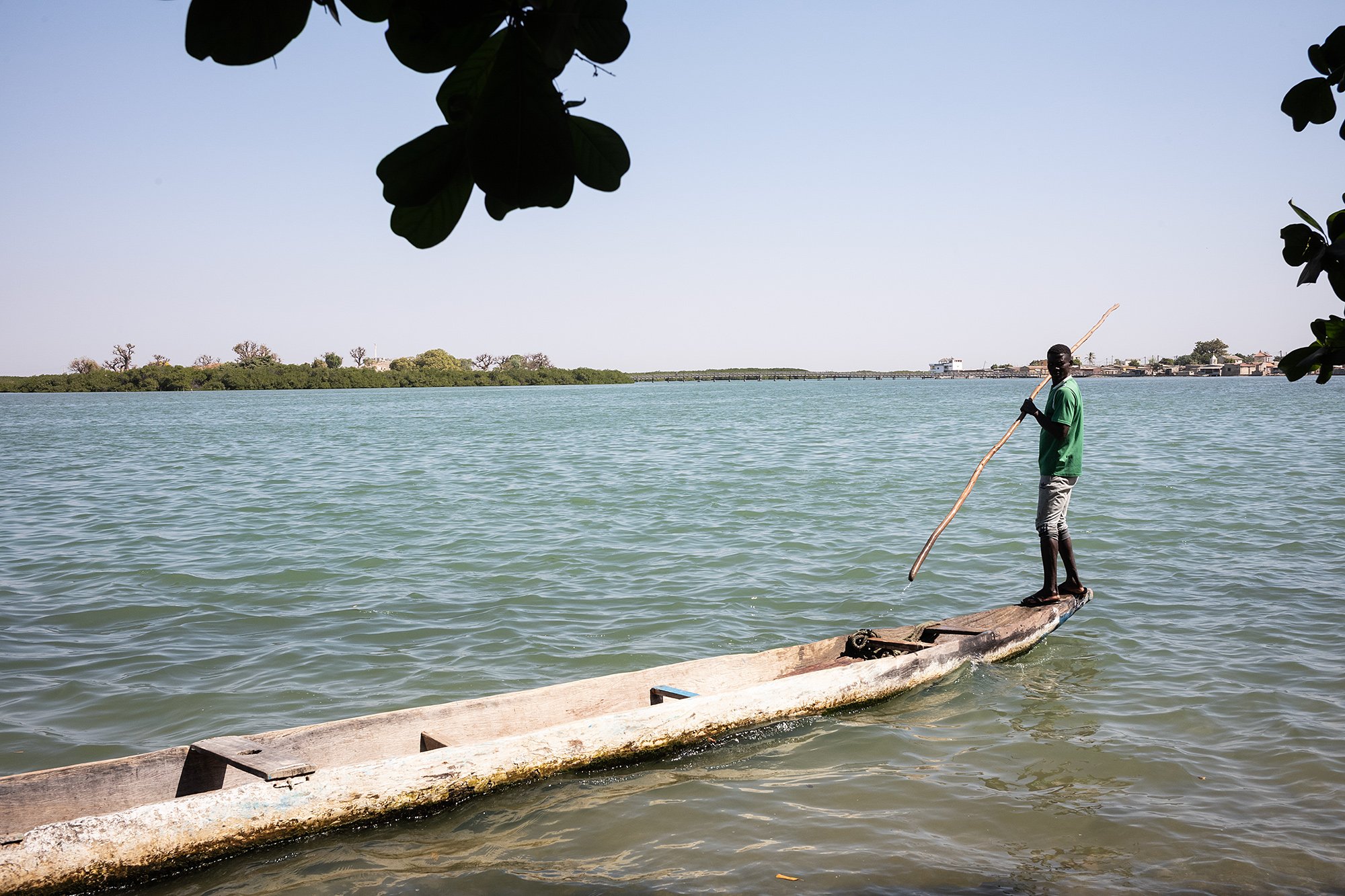
After lunch we board the van and continue our journey north. We stop in Nianing to admire the Église Epiphanie du Seigneur de Nianing. Located on the ‘shell coast,’ the building takes on the form of shells itself. Facing west, it welcomes the winds from the sea and the belltower uses natural convection to create natural ventilation from the same winds.
It’s a beautiful building set in a courtyard lined with bouganvilla.
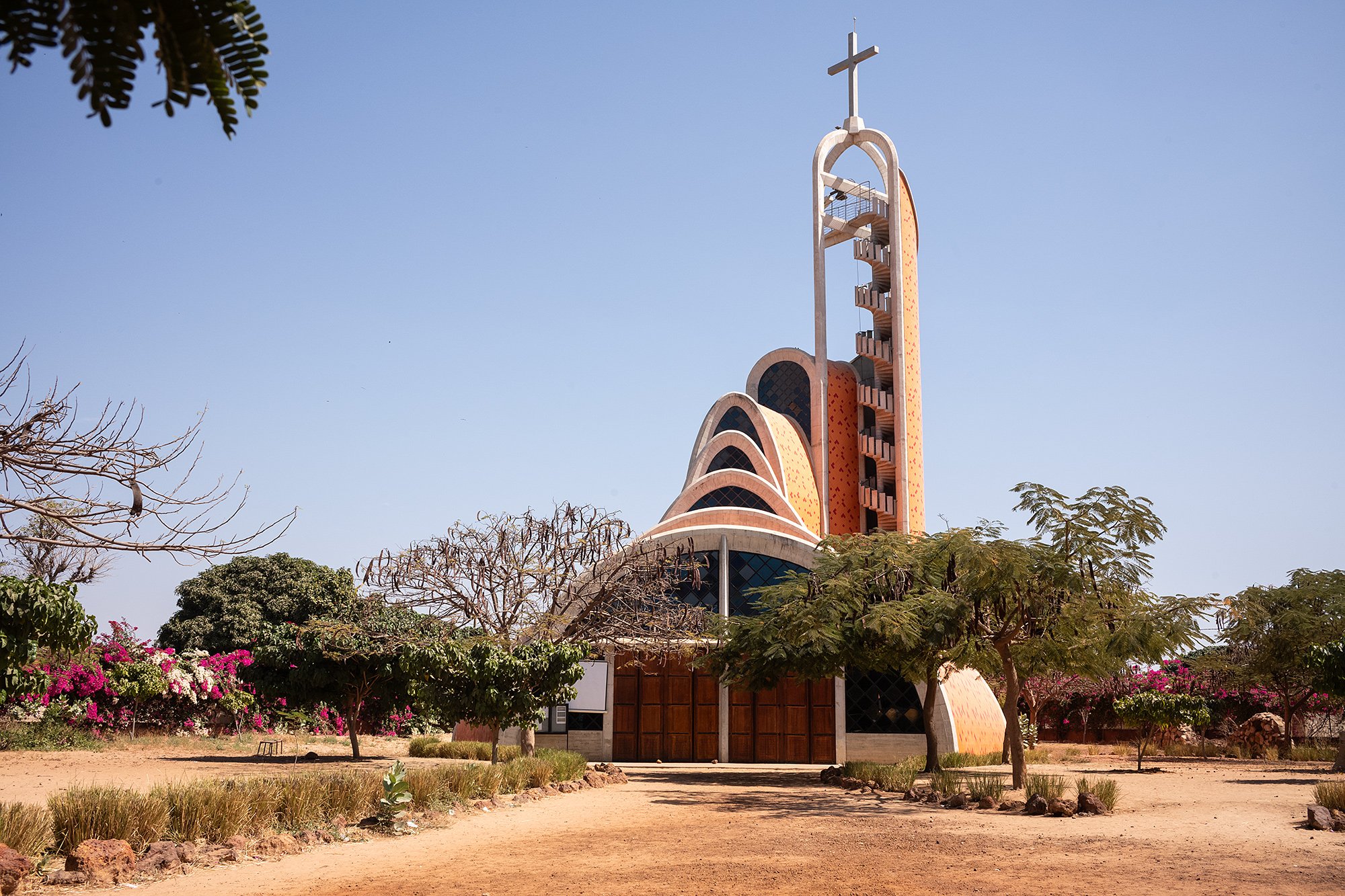

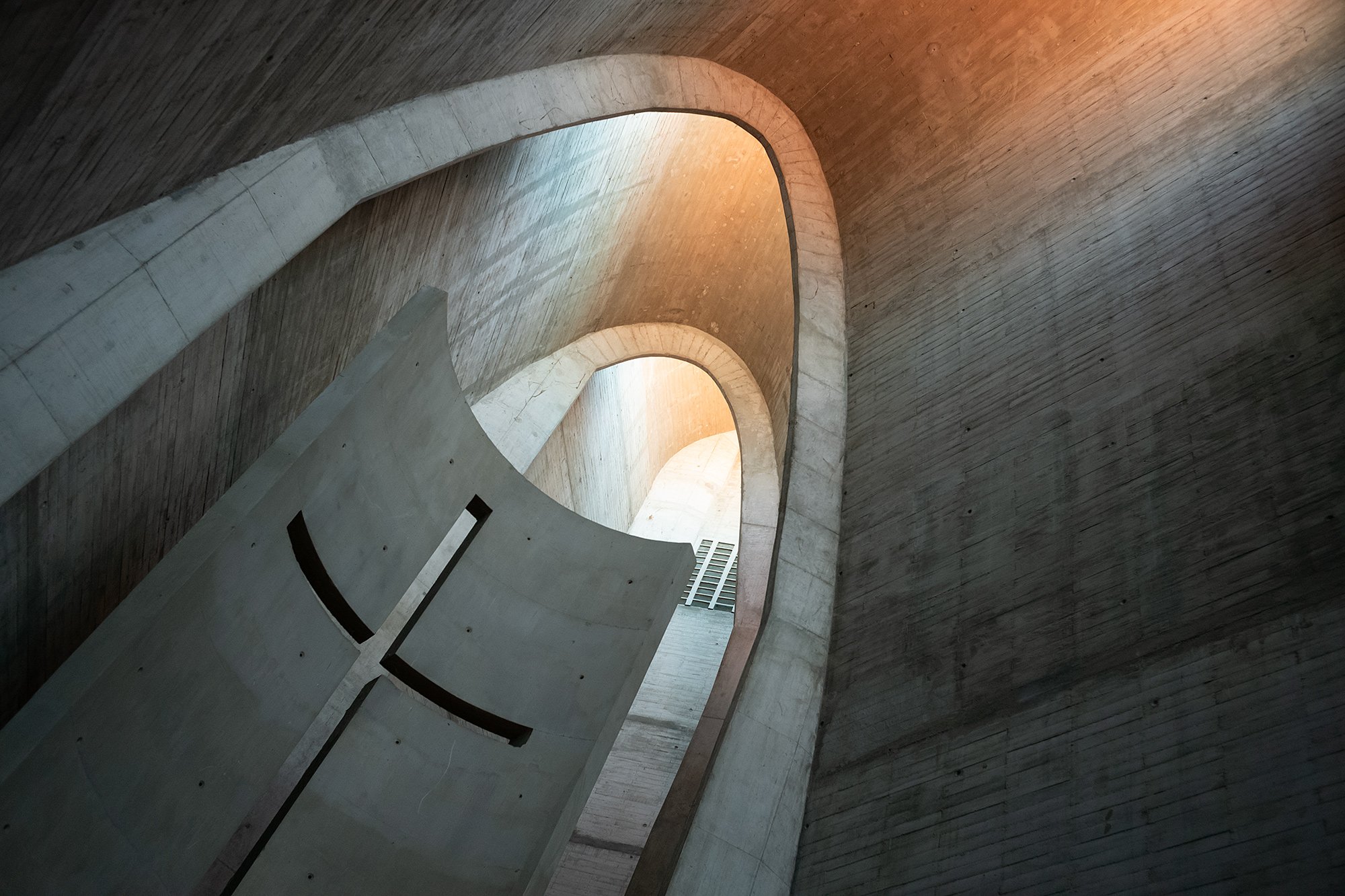


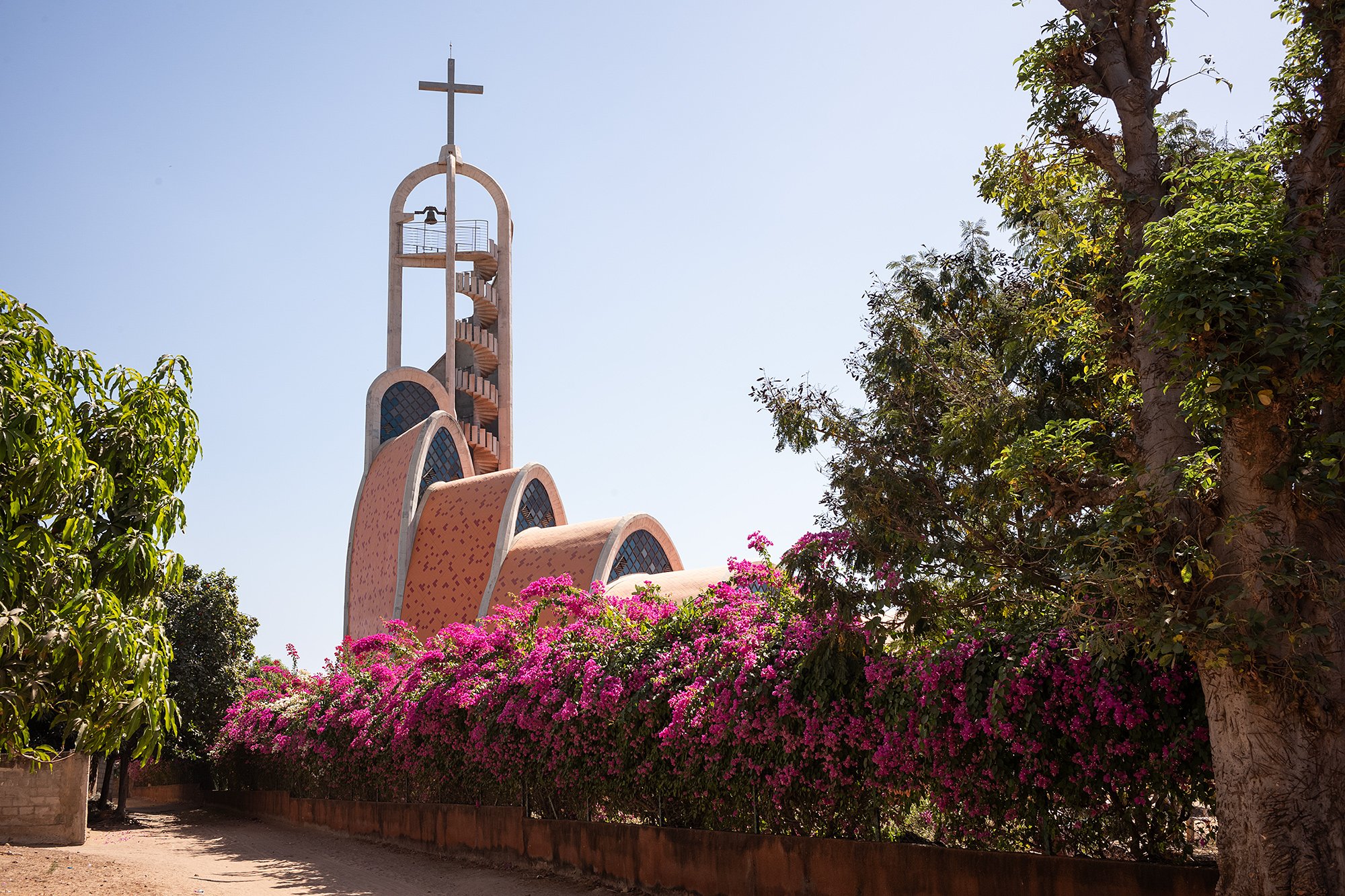
From there it’s a straight shot to Saly, a beach resort town a few hours south of Dakar. Ismeal tells me they had first come twenty years ago there was nothing but trees and four or five boutique hotels. Now it’s completely built up with hotels lining the sandy beach.
We arrive at a boutique hotel a few hundred meters inland with a pool and the Italians check in. I am lead across the street to another home that functions as a salon. I am shown to the guesthouse, which boasts a large, clean room. There’s no pool.
Amadou tells me that I’ll take breakfast at the hotel. I ask if I can use their pool. He confers for a moment and tells me yes. He says he’ll be back to pick us up in the evening to take us to dinner at a hotel where we’ll celebrate the new year.
At first I am a little miffed that there’s no pool where I am, but then decide to make the most of my afternoon. It’s an 8 minute walk to the beach and I grab my swimtrunks and camera to check it out.

It’s a beautiful beach. I’ve stupidly not put on my swim trunks and ask a hotel security guard if I can use his guardpost as a changing room. He gives me the thumbs up and I quickly don my swim trunks and go for a quick swim. The water is cool and calm and I am thrilled to be spending my last day of 2023 at the beach.
I sit on the sand to dry off and then decide to walk the beach. I walk down to where some fishermen are repairing their nets and then turn back to take another dip in the ocean, passing new years messages left on the sand.


I take a third and final dip in the ocean. The water feels colder now and I want to dry off in the sun. It’s a few hours to the sunset and I debate going back to the guesthouse to shower and change but decide to sit on the beach in the shade of a rocky part of the beach and read.
As the sunset approaches I join a number of people on the jetty. Tourists are racing jetskis in front of the rocks and parents take photos of them as they race by.

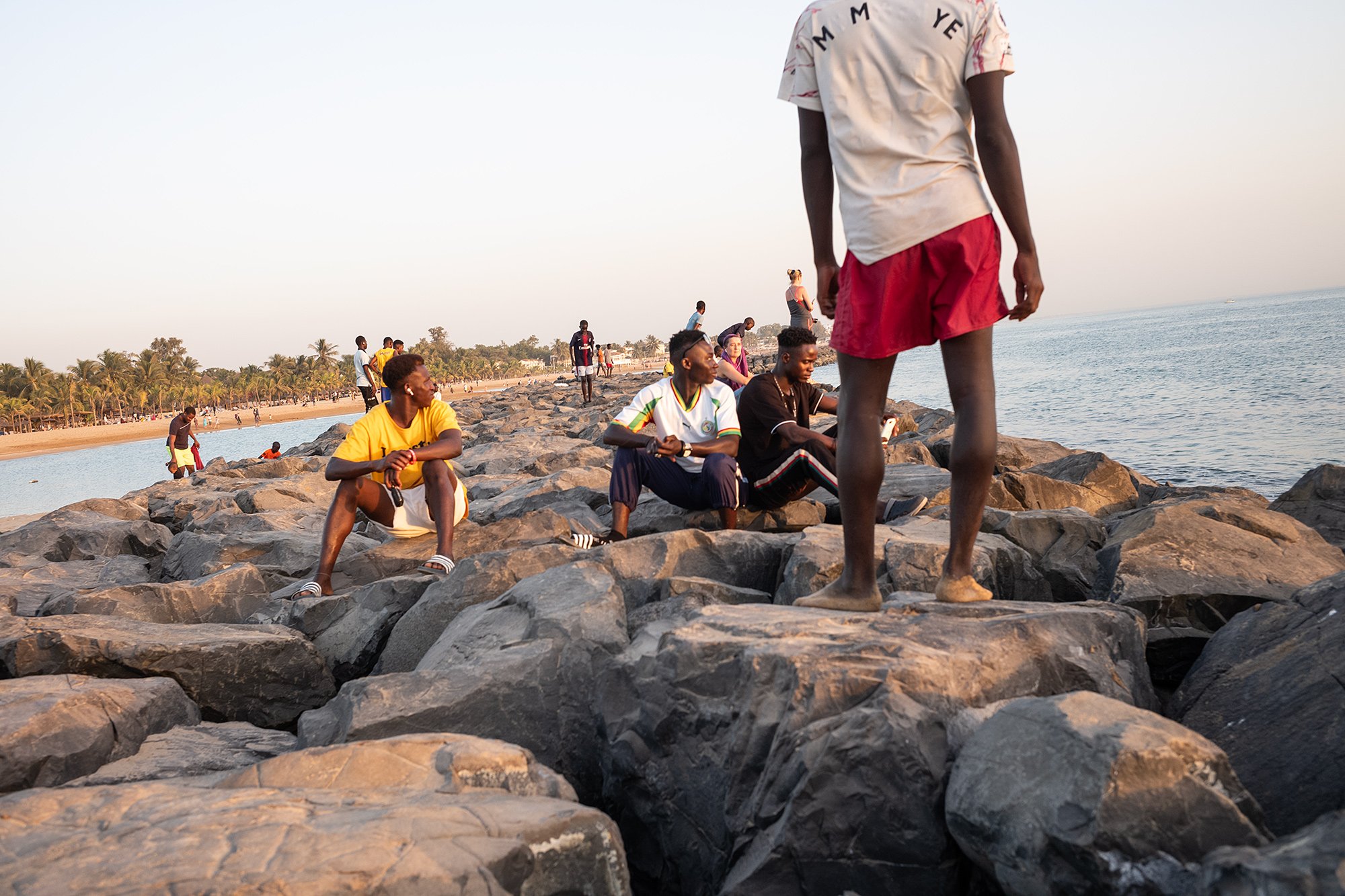
As the sun sets a man stands up and waves a flag to bring the jet skiiers back. I am happy to be able to sit and witness the last sun set of 2023 over the Altantic Ocean.
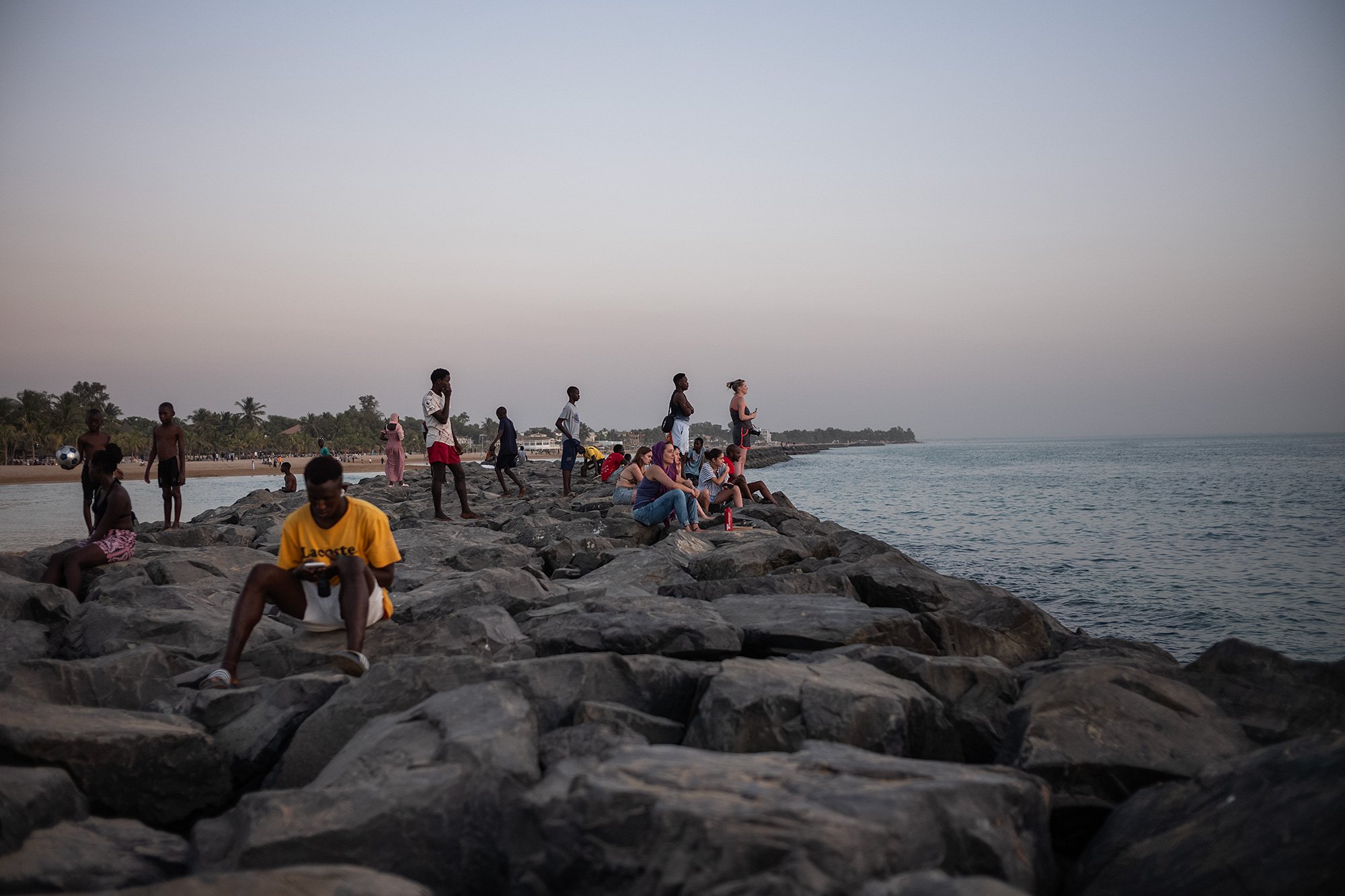

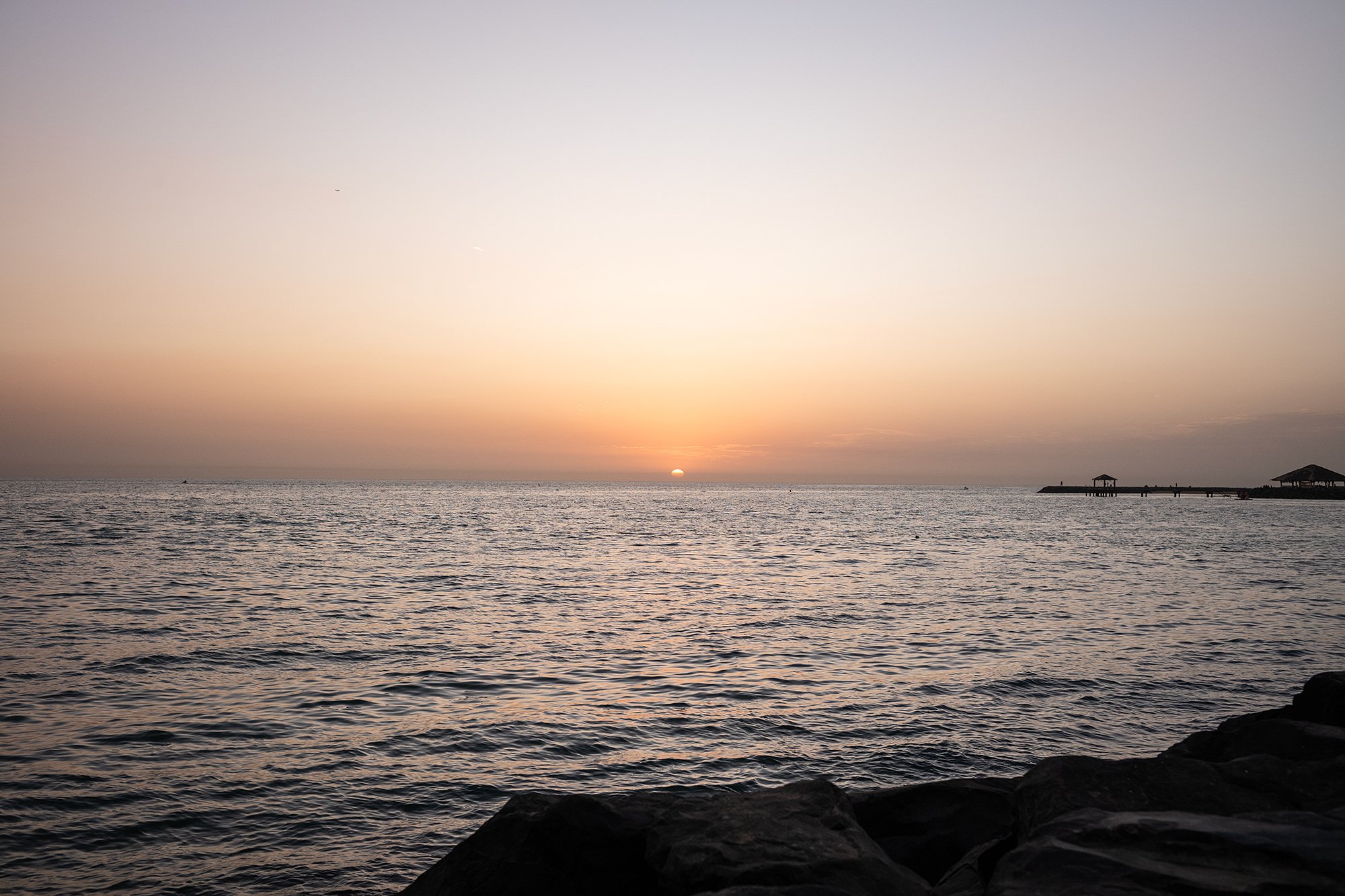
I walk back to the guesthouse to take a shower and prepare for dinner. I hadn’t expected anything and am happy that Amadou has thought to bring us to an event. He said he tried to get us rooms at the hotel but they were all booked up. Serves me right for last-minute planning.
The hotel is large, with many buildings and annexes. We walk through the compound towards the beach. Around the pool a number of stations have been set up. Tables are overloaded with desserts, charcuterie, raw bars. My eyes grow wide in anticipation.
Dinner starts with an announcement and every swarms the table coconuts filled with alcoholic and non-alcoholic coconut drinks. I grab two and find Roberta to hand her one. We load our plates with food and then load them again. I had spotted sea urchins split in half, the uni served in one half of the shell and grab one. When it’s time for dessert I try as many as I can. It’ll be a sweet new year.
After dinner I head to the beach. I take off my shoes and run my toes through the sand. At midnight the beach fills. A large 2023 display is set on fire and fireworks fill the skies, launched by hotels all up and down the coast. A 2024 display is lit and people crowd around it to take photos of themselves, their friends, their families. I wish Roberta and her son a happy new year. And just as the fireworks seem to die down someone else appears with more, or another hotel launches another display. I start up at the skies, eyes wide in anticipation.
31 December 2023
🎆










